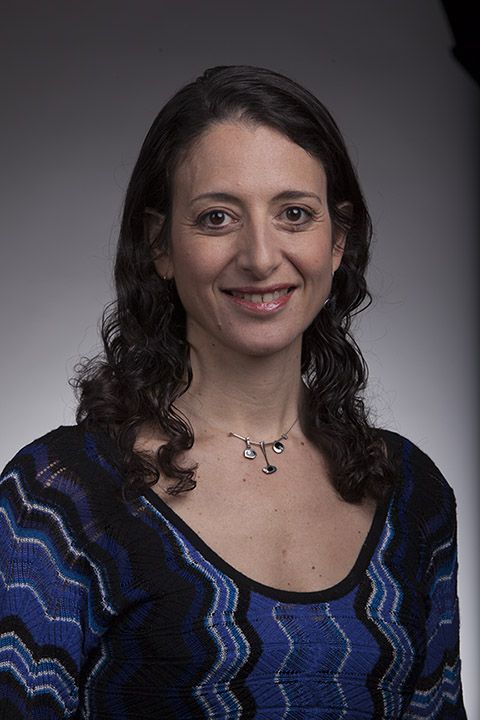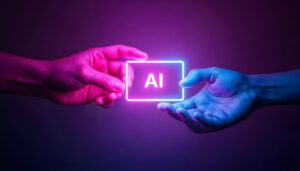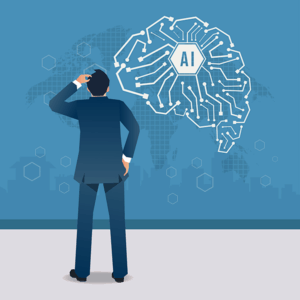Adaptation requires flexibility, both in mind and behavior. Batia Wiesenfeld knows this firsthand. As the Andre J.L. Koo Professor of Management at NYU’s Stern School of Business, Wiesenfeld has made a career out of looking at the ways employees can change their thinking to max out their productivity, especially when in a state of flux.
We recently chatted with Wiesenfeld, a speaker at this year’s NeuroLeadership Summit, about the cutting-edge blend of business and science.

NLI: What early interests did you have that led you to your long-term research on organizational change?
Batia Wiesenfeld: What has been an abiding interest for me is how people adapt to the challenges of organizational life, having witnessed people who failed to adapt and whose lives were ruined. A friend’s father committed suicide because of a loss of meaning and identity after he was laid off, so there can be serious consequences when you get challenged at work.
Work is so important, especially in America. It’s so important given our modern society and how we think about other people. It’s replacing the role of community. It’s replacing the role that family used to play. Now, work is where we feel like we get support, where we define our identity. We often disclose more to people we work with than our family members.
So there are these extraordinary challenges and I’m interested to know how people respond to them. That’s what brought me to look at organizational change. I started out with research about things like self-esteem, self-identity, where there is a lot of emotion. And over time, I’ve started to be more and more interested in cognition.
NLI: What is your research showing you now?
BW: What I’ve realized is that the brain is still so much more in flux than any part of us. At some point, we’ve grown up, we’re not changing, we look the same, but our brains are still changing.
Our brain tries to understand the world and adapt to it using mental representations that can range from being very abstract to very concrete. And even that — just thinking about things abstractly or concretely — is an adaptation.
If you’re trying to jump beyond the here and now, or think far into the future, you have to be more abstract because the details of the here and now are like tethers that pull you down. They prevent you from making that jump, so even those mental representations are adaptations.
On the other hand, all of the concrete details are incredibly helpful for getting things done. When I think of making a presentation today, instead of “I have to present at the Neuroleadership Summit in October,” I can think very abstractly, “Why do I want to do this?” As the Summit date gets closer my thinking gets very concrete. The ability to move in this agile way between more abstract and more concrete thinking is crucial to being able to adapt to our context.
In my current research, I’m looking at things like how leaders and followers in organizations that are going through a change have to collaborate because they come in to the change with very different mental representations.
The leaders of the organization think big picture, broad vision, way in the future. The followers — the folks who are having to carry this stuff out — they’re thinking about specifics and they’re often somewhat fearful. There has to be collaboration to get the best of both. So I’m seeing that the way we represent our world is so crucial to this phenomenon of adaptation that I’ve been studying for so long.
NLI: Where do you see research in this space going in the near future?
BW: One is recognizing this confluence of the body and the mind and being much more informed by physiology — neuroscience reflects physiology.
It is giving us new insight and we are starting to understand how we can draw from those insights and allow them to inform what we really care about, which are behaviors, especially social behaviors. How are people interacting with one another when they’ve got to get a job done? So now we’re able to see connections. We can draw a line from social behaviors all the way back to the physiological.
I see social science and natural science coming together. Data and the ability to process it is part of what’s changing organizations. We have access to so much more information, so much data, and we’re able to do so much more with it such as using it to build theory. I think we used to start from theory and only use data to test it.
People are really interested in understanding the future of work, how work is changing, the work experience, and organizations. All of those are changing largely because of technology, and technology is also changing the way we study those things.
Vivian Giang contributed reporting for this article.
[action hash=”6cd538cd-54dd-4b69-a152-d85ebcd24518″]






